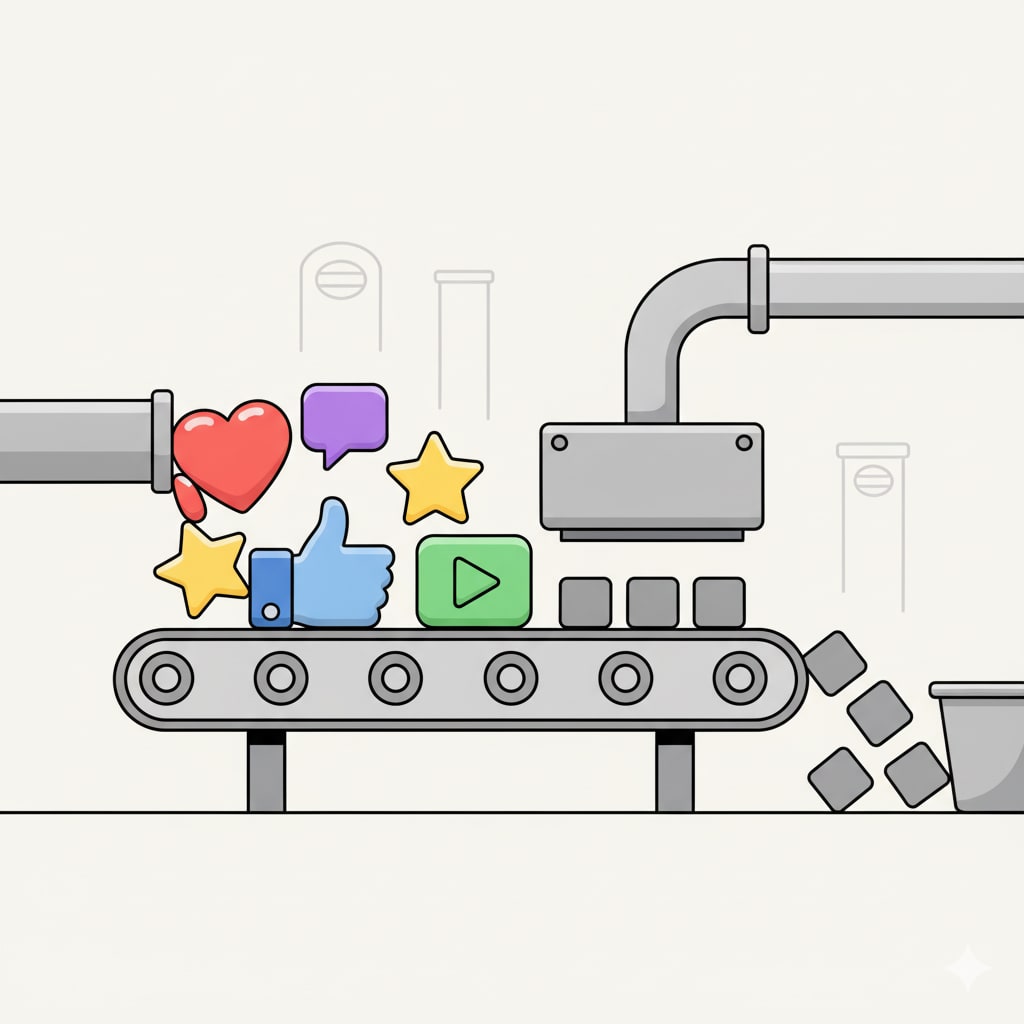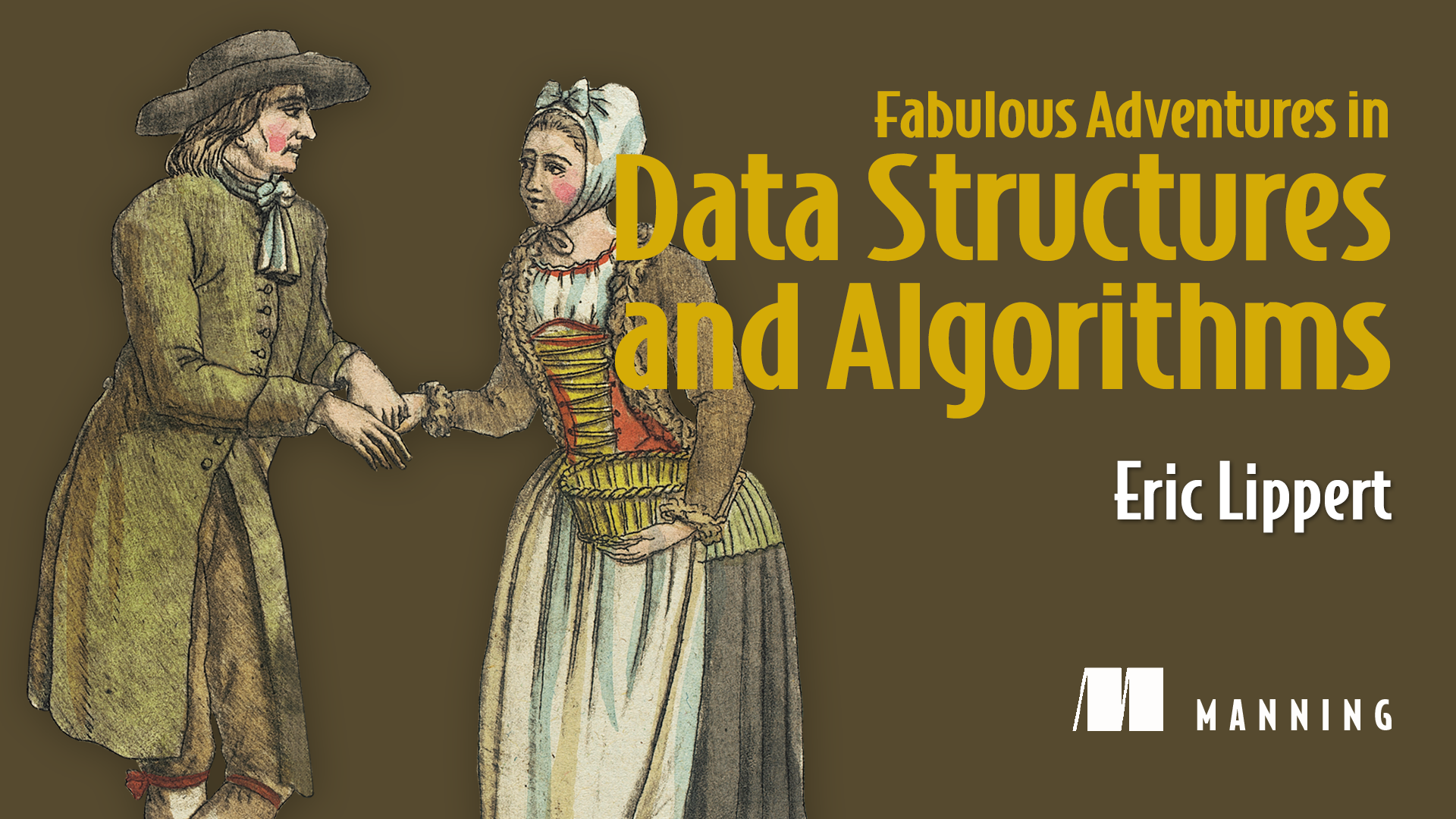Social media sameness, corporate emptiness, internet fatigue. Subscribe for language that makes sense of it.

We like to imagine history as a series of neatly defined ages: Stone, Bronze, Industrial, and Information. Each era has its symbols, its machinery, and its myths. But beneath those markers runs something deeper. Every age organizes reality through a dominant form of compression. Ritual compressed myth into memory. Writing compressed voice into text. Print compressed thought into pages. Broadcast compressed culture into signals. Compression has always been the hidden architecture that lets humans scale meaning, coordinate action, and imagine the real.
For a time, I thought of our moment as the Age of Compression, because every layer of life is being compacted for speed, portability, and optimization. But the more I’ve watched it unfold, the more I’ve realized that compression alone does not define our condition. What we actually feel day to day is drift. Compression is the engine, but drift is its consequence. And that is why we live in the Age of Drift.
This new age is not just about data being zipped, files streamed, or knowledge stored in smaller and smaller formats. It is about how our selves, our cultures, and our identities are being collapsed, flattened, and re-encoded into forms that are fast, transmissible, and easy to manipulate.
In the beginning, compression meant ritual. Oral traditions distilled whole worlds into chants, myths, and rhythms. A story could compress a community’s ethics, cosmology, and survival strategies into a form that a child could remember. These were high-fidelity compressions. Meaning retained its richness across generations because the vessel was alive. It was sung, embodied, and performed.
With the invention of writing, compression shifted to record. Clay tablets, scrolls, and codices froze oral complexity into marks. A poem that once depended on the presence of a storyteller could now be compressed into a set of lines and symbols. Fidelity dropped as intonation, gesture, and context were lost, but reach expanded. A myth could travel across empires.
This trade-off, compression versus fidelity, marks every civilizational shift. And it is the essence of The Drift Principle: Meaning = Compression + Fidelity
When fidelity is preserved, compression gives us power without distortion. But when it decays, compression produces drift. Myths fracture, truths warp, and intimacy turns synthetic.
The printing press marked a civilizational explosion of compression, a quiet step towards cultural homogenization. Millions of words could now be replicated at scale. Culture flattened into uniform typefaces. Authenticity was lost without the marginalia of a monk’s hand, or the improvisation of a bard. But the trade was extraordinary reach. Bibles in every town, scientific treatises across Europe, and new metaphors that could structure whole nations.
This was compression as expansion. But already, drift was seeded. Print turned stories into products, knowledge into inventory. By the time of the Industrial Revolution, compression was no longer just cultural, it was mechanical. Time was compressed into shifts, bodies into labor units, landscapes into raw material inputs.
As technology evolved, next came radio and television, which compressed the world into shared signals. For the first time, millions of people experienced the same voices and images simultaneously. Fidelity was both high and low. The tone of a voice could move entire nations, but nuance collapsed under the logic of mass distribution.
We started to see early signs of synthetic realness. Politicians rehearsed their “fireside chats,” and corporations designed jingles that felt intimate but were anything but. Reality itself became staged, a mediated reality that felt authentic. The staging worked because compression was still rare. A handful of networks meant a handful of shared realities. We felt real not because fidelity was perfect, but because the compression was synchronized.
Then in the 1990’s we got the internet, and with this a fragmentation of compression. A message could be infinitely copied, remixed, and spread. Information became ultra-light, stripped of context. Meaning was compressed into memes, headlines, and clips.
This created filter fatigue, the exhaustion of sorting through too many compressed signals with too little fidelity. Attention itself became the scarce resource, and platforms optimized for maximum throughput. We entered the optimization trap of modern life with systems designed to maximize engagement, but inevitably stripping away depth. A full conversation gets compressed into a like, a retweet, a swipe. Leaving behind that simulation of presence and authenticity, that is engineered by algorithms, but hollow at the core.
Today we have crossed a threshold. We are no longer in the Information Age. We live in the the Age of Drift. Why? Because the defining fact of our time is not the abundance of information, but the relentless pressure to compress:
Selfhood is compressed into profiles, handles, and avatars, and the curated self we maintain for platforms.
Work is compressed into slides, metrics, and dashboards.
Relationships are compressed into streaks, DMs, and dating swipes.
Memory is compressed into cloud backups, highlight reels, and AI summaries.
Every layer of our existence is being compacted for portability, transmissibility, and optimization. But with each compression, fidelity leaks. Meaning drains away. We are left with drift. This is why life feels thinner but heavier, thinner in texture, heavier in cognitive load. The very tools designed to simplify have multiplied complexity by stripping context.
Take the rise of AI companions. An AI girlfriend is the ultimate compression. Intimacy distilled into simulated intimacy, text bubbles, and pre-generated voices. The fidelity feels “good enough” for a lonely night, but not enough to build a life. Drift accumulates.
Or consider education. Lessons are compressed into YouTube explainers, then into TikToks, and now into AI-generated summaries. Fidelity to nuance, depth, and the slow grind of mastery evaporates. Students can access everything, but retain almost nothing.
In work, compression shows up as OKRs, KPIs, and performance dashboards. The messy richness of collaboration is flattened into scorecards. Fidelity to human judgment is lost. Drift takes the form of disengagement, quiet quitting, and vapor work.
One of the darkest costs of the new age is the collapse of temporal and cultural synchronization. In the broadcast age, millions tuned in to the same event. Today, feeds fragment attention into asynchronous micro-realities.
We no longer drift alone, we drift apart. The sense of shared time, shared narrative, shared meaning fractures into echo chambers and infinite timelines. As we experience a collapse of deep culture into shallow streams. Compression allows infinite versions of reality, but fidelity to any shared truth drifts away.
If the new age is defined by drift, the path forward requires new metaphors that restore fidelity.
Metaphors are humanity’s original compression algorithms. They distill complexity into symbols that feel alive. Think about “the web,” “the cloud,” and “the feed”. Each of these compressed a new reality into a graspable form.
But our metaphors are breaking. “The feed” no longer nourishes; it overwhelms. “The cloud” feels less like a light mist and more like a surveillance fog. To renew meaning, we need metaphors that compress without killing fidelity. Renewal requires compressions that retain the human pulse, not just the machine logic.
We are now confronted with a choice. Do we accept synthetic realness as “good enough”? Do we drown in filter fatigue and call it normal? Or do we demand a recalibration of fidelity?
To live fully human in The Age of Drift, we must:
Resist optimization culture and choose depth over metrics.
Rebuild rituals that restore fidelity like shared meals, long walks, and uncompressed time.
Design technologies that honor presence rather than simulate it.
Cultivate metaphors that compress reality without draining it of life.
If every age is defined by its compression logic, then perhaps the next era will be judged by whether we learned to compress wisely. Not faster, not smaller, but with fidelity.
Every civilization eventually faces the consequences of its compression. The ancients compressed their myths until they fractured into dogma. The industrialists compressed labor until revolt erupted. The broadcasters compressed culture until cynicism set in.
We are repeating these same cycles, but this time faster, tighter, and with AI accelerating the process. We are squeezing reality itself into formats that can no longer hold the weight of human life. Our new age is not just a technological condition. It is a spiritual one. We feel it every time a conversation is replaced with a notification, every time a memory is replaced with a photo, every time meaning slips into drift.
And yet, recognizing this drift is the first step toward renewal. Fidelity is not lost forever. But it will not be restored by accident. It will require intention, new metaphors, and the courage to expand what has been compressed. Only then will meaning return.
.png)




